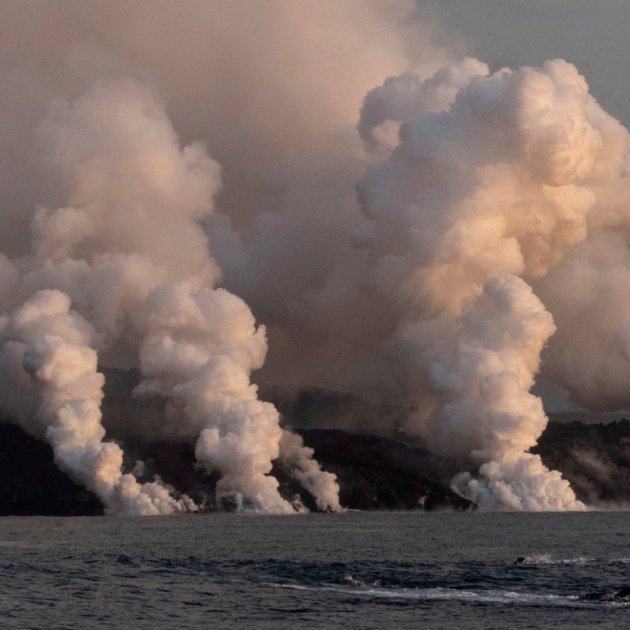After twenty days of eruption, the Cumbre Vieja volcano on the island of La Palma continues its frenetic activity. During this period, the new volcano has alternated different phases, some more active, others more explosive and even a brief phase of inactivity. The current period is characterized by increased seismic activity.
In the last 24 hours, the island's seismicity has increased both in the number of earthquakes and in the magnitude of these. Spain's National Geographical Institute (IGN) detected about thirty earthquakes on the island of La Palma overnight between Thursday and Friday, the most powerful in the Fuencaliente area, with a magnitude 3.8, taking place at 5:49am at a depth of 15 kilometres.
The seismic swarm remains active in the south of the island, in the municipalities of Mazo and Fuencaliente, and average depths of between 11 and 15 kilometers, according to Europa Press.
New tongue of lava
While the seismic activity increases, the volcano also continues to expel lava, and the main flow towards the sea has now forked, creating a new tongue of magma.
The new secondary river of lava is also approaching the Atlantic Ocean, advancing slowly through fields of crops that are doomed. In the event that the new tongue puts its tip into the Atlantic Ocean, we must something similar to the behaviour already seen when the main flow flowed into the sea: physical changes in the island coastline, the death of the marine ecosystem and expulsion of toxic gases.
Ash, a danger hanging in the air
In recent hours there has also been a worsening of air quality due to the strong thermal inversion at low altitudes, between 600 and 700 metres above sea level, and a lack of wind, meaning that dispersion of air masses is difficult.
The wind direction has been directing the plume of ash and sulphuric acid towards the east, with direct implications for the operation of the island's Palmell Airport, due to the accumulation of ash. This situation, according to Pevolca experts, could last until Saturday.
The runway at La Palma airport is covered in ash and endangers aviation activity / Efe
The La Palma airport remains out of action due to the build-up of ash, while cleaning efforts continue, according to airport operator AENA. Meanwhile, the other airports in the Canary Islands are operational, although at Tenerife North, cancellations and diversions to Tenerife South have begun due to the eastward-bound volcanic ash cloud, say air traffic controllers.
Main image: The lava flow of the La Palma volcano making contact with the Atlantic Ocean / Efe
